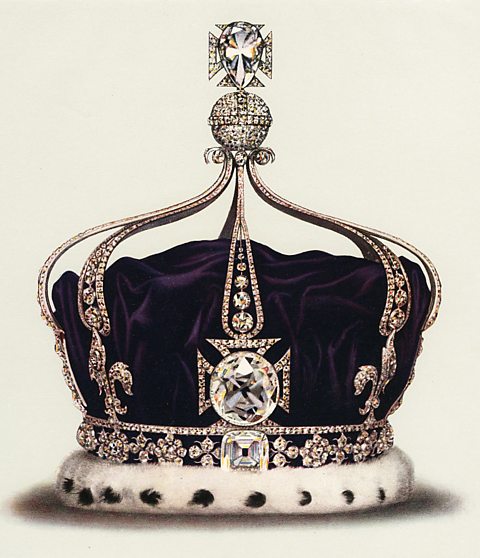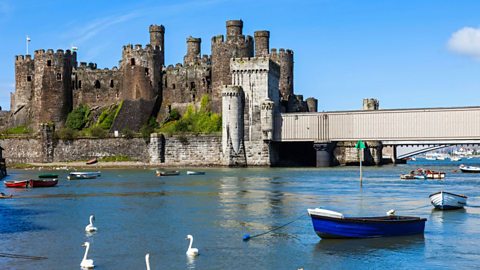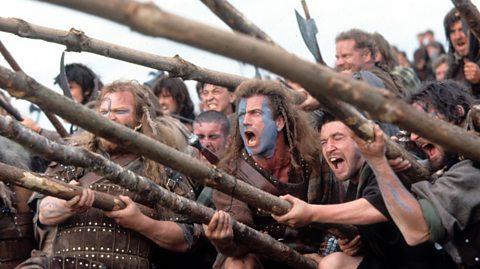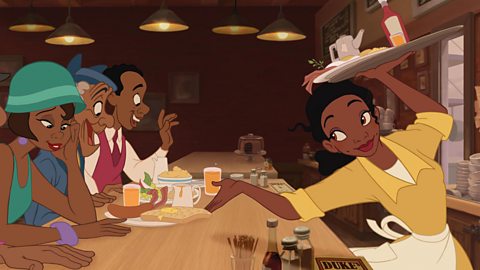The United Kingdom has many castles dotted throughout its landscape, with history running through their foundations.
And threaded through the history, youãll also find links to myths and legend - including one castle which lays claim to hosting the Knights of the Round Table.
King Arthur isnãt the only fascinating piece of folklore to be found in these historical buildings. Here are five castles that bring out the storyteller in people.
An otter king and a monster in a loch? Scotlandãs Eilean Donan Castle
This castle in the West Highlands is situated on an island where three lochs meet. One story says the castleãs name came from the seventh-Century Christian saint St Donnan. Another claims the Gaelic word for brown dog: ãcu-donnã (also the name for the King of the Otters, a creature from Irish and Scottish folklore with mystical powers) ã was the inspiration.
Legend talks of a mysterious warrior, blessed with an ability to talk to birds, who impressed the King so much, he was asked to build the castle on the island. Whether it was a warrior, or otter king, who was responsible for Eilean Donan, it was built with such enduring appeal that it has even appeared as a backdrop on film and television.
You are more likely to spot dolphins and otters in these lochs, however - and possibly not any with mystical powers.
The legend of King Arthur enshrouds Tintagel Castle in Cornwall
Perched on the craggy Cornish coast, Tintagel Castle is where the fifth and sixth-Century ruler King Arthur was born - according to mythical tales.
Arthur is described as a warrior who led the Britons into battle against the Saxons, but historians have never been able to definitively prove his existence. It was in 1480 that William Worcestre, a history expert, named Tintagel as Arthur's birthplace and the legends surrounding the castle grew.

The Tintagel Castle that can be seen today wasnãt built until well after Arthurãs time - it dates back to the 13th Century when the Earl of Cornwall bought the site. However, Roman artefacts from the area suggest Tintagel was occupied as early as the 3rd and 4th Centuries. The romantic setting conjures up all sorts of fantastical tales. Beneath the clifftops is Merlinãs Cave ã where the equally renowned wizard lived to protect the king from evil.
In 2016, archaeologists unearthed walls at Tintagel that dated back to the 6th Century and is believed to have been part of the ancient kingdom of Dunmonia, which existed between the 4th and 8th Centuries.

Ravens, ghouls and cursed diamonds at the Tower of London
Legend has it the United Kingdom will fall if the resident ravens ever leave the Tower of London.
There are nine in total, with two new chicks joining the existing seven early in 2021.
The Tower has a past which involves beheadings, battles and imprisonment. The future Elizabeth I was locked away in 1554 by her half-sister, Queen Mary I, who believed her sister was plotting against her.
Treasure hunters might be interested to know that a bullion of gold coins is apparently hidden somewhere in the Tower, or its grounds. The story dates back centuries and even the diarist Samuel Pepys attempted to find them, but without success. Speaking of treasure, one of the worldãs most famous diamonds, the Koh-i-Noor, is part of the Crown Jewels collection housed at the Tower. Mined in India, it was handed to the British in 1849 under the terms of a post-war treaty and there have been calls to return it. The diamond is believed by some to come with a curse - many of its owners are said to have met with unpleasant fates and it is also considered unlucky for men to wear it.

The unwilling bride of Dunluce Castle
On the dramatic sea-swept coast of North Antrim lies what remains of Dunluce Castle. The ruins which can be seen today date back to the 16th and 17th Centuries, although there is evidence of people settling there hundreds of years earlier.
One enduring story surrounding Dunluce involves Maeve Roe, the daughter of its Lord McQuillan. Itãs unclear when this incident took place, although the McQuillans were first documented at Dunluce in 1513, and they lost control of the castle in the mid-to-late 16th Century.
Maeve refused to marry Rory Og, the man her father had chosen as her husband. She loved another, Reginald OãCahan, and they decided to run away together. Their escape began in the Mermaidãs Cave below the castle, setting off in a rowing boat but, tragically, they were dashed against the cliffs. It is said that Maeveãs ghost still sweeps the prison tower where she was locked away.
A mermaidãs laugh and monks rule over Conwy Castle in Wales
At this World Heritage site, built late in the 13th Century by English monarch Edward I to suppress Welsh uprisings, it is said two ghostly monks are still resident and have been known to scare visitors and their pets away.

Incense has been reported wafting upstairs into the castleãs chapel and a ghostly black silhouette has apparently been seen keeping a close eye on tourists.
The town of Conwy itself was supposedly cursed by a mermaid who was paraded through the streets by the fishermen who caught her and she began to struggle for breath. Conwyãs quirks donãt stop there: itãs also home to the UKãs smallest house.
Eight blockbuster films that got history wrong
Some of these are Oscar winners too, but they're not getting any prizes for knowing their history.

The real stories behind Disney classics
The Lion King may not be based on any myths and legends, but these Disney films are.

What was life like in a castle under siege?
Find out what life would have been like in Stirling Castle during a siege - from 1st level Bitesize.
